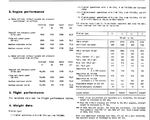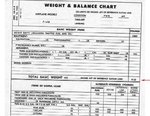- Thread starter
- #121
Seafires Mk.III (and other Seafires) were flown from RN carriers with bombs, despite having much thinner wing (= less lift for low speed); RN carriers were smaller then USN counterparts.
Plus, I've proposed this in 'my' time line:
Plus, I've proposed this in 'my' time line:
-mid-1943: the FC12B enters production (1750 HP, LE slats, dive bomb to 75 deg, 1500 lbs of bombs), produced also at GM as FM-2





